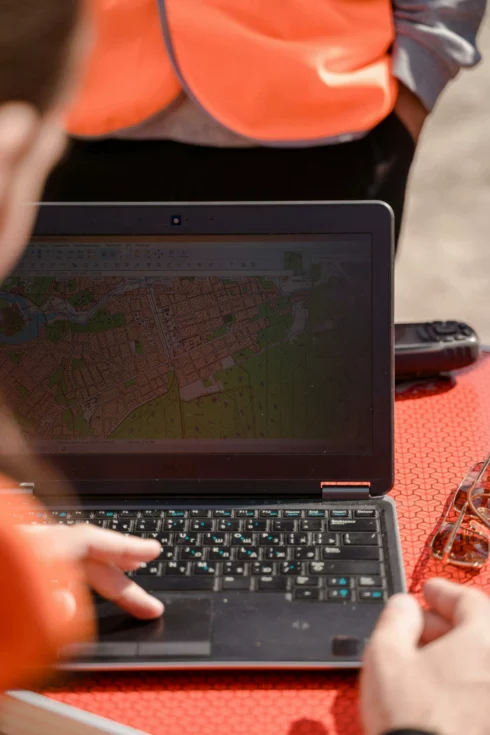
The Overture Maps Foundation today announced the launch of its Global Entity Reference System (GERS), which assigns a unique ID to geospatial entities, including 2.6 billion buildings, 61 million places, 321 million road segments, and almost 447 million addresses.
The system will allow developers to more easily join datasets, share information, and onboard new data, without the complexity of trying to conflate different sources of data that may have different names for the same geospatial entity.
According to Marc Prioleau, executive director of the Overture Maps Foundation, an explosion in mapping data has led to an increase in expectations as well, such as people wanting real-time traffic conditions on their route or to know what specific lane of a road to be in.
“What that means is now you’re pulling together data not just from a single data supplier, but more like a dozen or 20 suppliers, and you’re trying to conflate all that data to the same thing,” said Prioleau. For instance, one road might have multiple different names, depending on the source you’re getting that data from.
He explained that companies today are saying that as the number of data sources has gone up, the cost to conflate the data is exceeding the cost to actually license the data, often by a multiple or two or three.
“They’re spending more and more resources basically trying to make sure that this data set from here matches that data set from there,” he said. “The effect is you either spend a lot more money building applications where you’re committing more and more of your engineers to this conflation, or you don’t conflate.”
He says this is impacting all sorts of organizations, from those building navigation apps that include lane-level information, speed limits, and traffic congestion to global development organizations trying to assess economic value of buildings in developing countries. They have data coming in from several different places, but no one can agree on what a particular building is because there’s no common identifier for it.
The solution, according to Overture Maps, is to step back and develop a common identifier for every entity on the map.
“We created an identifier for each one of those that uniquely identifies that entity, and we made it global, so it has to work in every country, and we made it open, so it’s not controlled by any one company.”
According to Prioleau, what GERS does is it allows companies to put this unique identifier into their data.
GERS IDs are open, enabling anyone to use it without the risk of vendor lock-in because of restrictive licensing. It is also global, which is in contrast to the region-based ID systems that exist today.
The system is entity-based, referring to locations by building addresses, road segments, or places, rather than on latitude and longitude coordinates. According to Prioleau, this aligns more to how people actually think about places these days.
And finally, GERS enables developers to track changes in data that are tied to IDs, look up and locate entities through a central registry, and use bridge files to link internal data sources with Overture map entities.
“In the scheme of things, I’ve become more and more convinced that GERS is probably our most valuable contribution to the industry,” Prioleau said. “It’s that contribution of stepping back and saying, rather than wringing your hands about this explosion of data, what is a good solution?”






